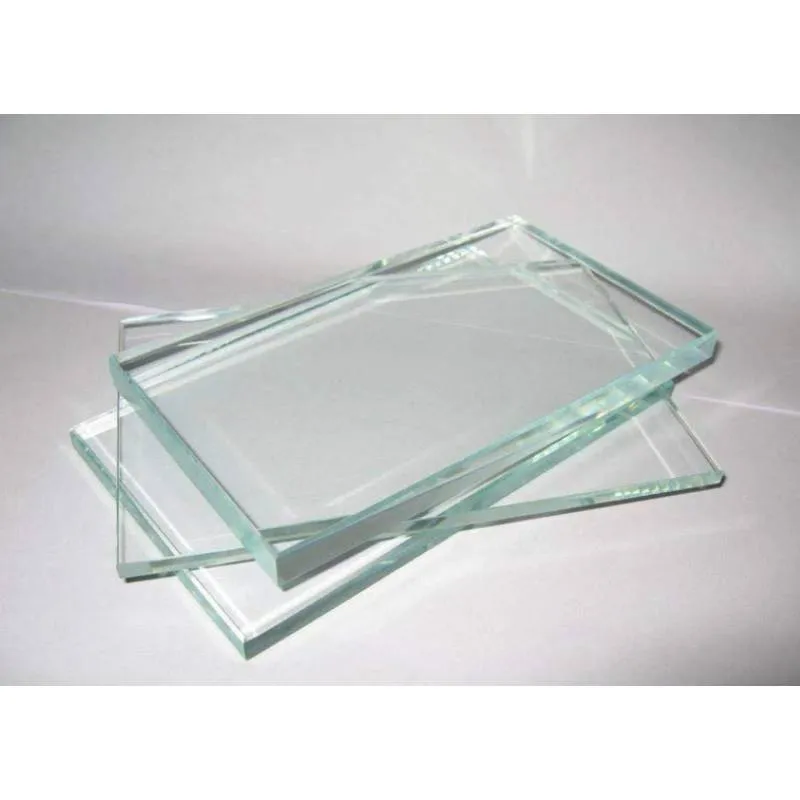Float Glass Production An Overview
Float glass, known for its clarity and smooth surface, is a critical component in numerous applications ranging from architectural windows to automotive windshields. The float glass production process, invented in the 1950s by Sir Alastair Pilkington, has revolutionized the glass-making industry due to its efficiency and high-quality output. This article will delve into the float glass production process, its characteristics, and the environmental considerations associated with its manufacturing.
The production of float glass begins with high-quality raw materials, primarily silica sand, soda ash, and limestone. These ingredients are carefully selected and mixed to form a batch, which is then melted in a furnace at temperatures exceeding 1,600 degrees Celsius. The melting process is crucial, as it transforms the raw materials into a homogeneous molten glass. This phase of production is energy-intensive, highlighting the need for more sustainable energy solutions in the glass industry.
Once the glass is melted, the next step is to form the float glass. This process involves pouring the molten glass onto a surface of molten tin. The inherent properties of glass make it lighter than tin, allowing the glass to float and spread evenly across the surface. The thickness of the glass is determined by the speed at which it flows and the withdrawal rate from the tin bath. Typically, the glass is pulled at a controlled speed to achieve the desired thickness, resulting in a sheet that is uniformly flat and smooth.
After the glass has been formed, it undergoes a cooling process called annealing, where it is gently cooled in a controlled environment to relieve internal stresses. This crucial step ensures the durability and structural integrity of the final product. Once cooled, the float glass is cut into sheets of various sizes, ready to be processed further or shipped to manufacturers and customers.
float glass production
Float glass is valued for its optical clarity, superior surface quality, and consistent thickness. These characteristics make it an ideal choice for a variety of applications, including buildings, mirrors, furniture, and even solar panels. The versatility of float glass also allows for additional treatments, such as coating or laminating, to enhance its properties, including thermal insulation and safety standards.
Nevertheless, the float glass production process is not without its environmental challenges. The high energy consumption associated with melting raw materials contributes significantly to greenhouse gas emissions. As a result, the glass industry is undergoing a transformation toward more sustainable practices. Many manufacturers are investing in energy-efficient furnaces and exploring the use of alternative energy sources, such as solar or wind power. Additionally, recycling glass has gained momentum, as recycled cullet (crushed glass) can be used as a raw material in the melting process. This not only reduces the need for virgin materials but also lowers energy consumption and emissions.
Furthermore, reducing waste and improving water management practices during production processes are becoming priorities for many glass manufacturers. By implementing sustainable practices, the float glass industry can decrease its environmental footprint while continuing to meet the high demand for glass products.
In conclusion, float glass production is a sophisticated process that combines traditional craftsmanship with modern technology. As the industry continues to innovate and embrace sustainable practices, float glass will remain an essential material crucial to various sectors. The pursuit of enhanced efficiency and environmental responsibility will shape the future of float glass production, ensuring it meets both the demands of consumers and the challenges posed by climate change.
 Afrikaans
Afrikaans  Albanian
Albanian  Amharic
Amharic  Arabic
Arabic  Armenian
Armenian  Azerbaijani
Azerbaijani  Basque
Basque  Belarusian
Belarusian  Bengali
Bengali  Bosnian
Bosnian  Bulgarian
Bulgarian  Catalan
Catalan  Cebuano
Cebuano  Corsican
Corsican  Croatian
Croatian  Czech
Czech  Danish
Danish  Dutch
Dutch  English
English  Esperanto
Esperanto  Estonian
Estonian  Finnish
Finnish  French
French  Frisian
Frisian  Galician
Galician  Georgian
Georgian  German
German  Greek
Greek  Gujarati
Gujarati  Haitian Creole
Haitian Creole  hausa
hausa  hawaiian
hawaiian  Hebrew
Hebrew  Hindi
Hindi  Miao
Miao  Hungarian
Hungarian  Icelandic
Icelandic  igbo
igbo  Indonesian
Indonesian  irish
irish  Italian
Italian  Japanese
Japanese  Javanese
Javanese  Kannada
Kannada  kazakh
kazakh  Khmer
Khmer  Rwandese
Rwandese  Korean
Korean  Kurdish
Kurdish  Kyrgyz
Kyrgyz  Lao
Lao  Latin
Latin  Latvian
Latvian  Lithuanian
Lithuanian  Luxembourgish
Luxembourgish  Macedonian
Macedonian  Malgashi
Malgashi  Malay
Malay  Malayalam
Malayalam  Maltese
Maltese  Maori
Maori  Marathi
Marathi  Mongolian
Mongolian  Myanmar
Myanmar  Nepali
Nepali  Norwegian
Norwegian  Norwegian
Norwegian  Occitan
Occitan  Pashto
Pashto  Persian
Persian  Polish
Polish  Portuguese
Portuguese  Punjabi
Punjabi  Romanian
Romanian  Russian
Russian  Samoan
Samoan  Scottish Gaelic
Scottish Gaelic  Serbian
Serbian  Sesotho
Sesotho  Shona
Shona  Sindhi
Sindhi  Sinhala
Sinhala  Slovak
Slovak  Slovenian
Slovenian  Somali
Somali  Spanish
Spanish  Sundanese
Sundanese  Swahili
Swahili  Swedish
Swedish  Tagalog
Tagalog  Tajik
Tajik  Tamil
Tamil  Tatar
Tatar  Telugu
Telugu  Thai
Thai  Turkish
Turkish  Turkmen
Turkmen  Ukrainian
Ukrainian  Urdu
Urdu  Uighur
Uighur  Uzbek
Uzbek  Vietnamese
Vietnamese  Welsh
Welsh  Bantu
Bantu  Yiddish
Yiddish  Yoruba
Yoruba  Zulu
Zulu 

